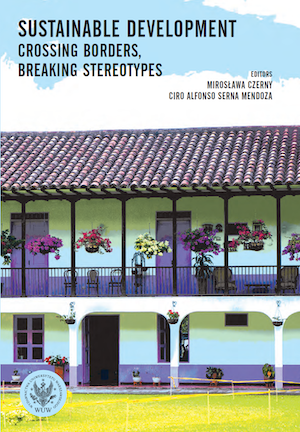COVID-19 in Mexico
COVID-19 in Mexico
Space-time behavior from the socio-spatial constraints, February-October, 2020
Author(s): Marcela Virginia Santana Juárez, Giovanna Santana Castañeda, Luis Ricardo Manzano Solís, Noel Bonfilio Pineda Jaimes, Rebeca Angélica Serrano Barquín
Subject(s): Geography, Regional studies
Published by: Wydawnictwa Uniwersytetu Warszawskiego
Keywords: COVID-19; spatio-temporal behavior; socio-spatial conditioning factors
Summary/Abstract: The purpose of this work is to show the spatio-temporal behavior of the COVID-19 pandemic in Mexico, with an approach from the socio-spatial conditioning factors, from February 28th to October 31st, 2020. The socio-spatial conditioning factors considered are geographic, demographic, epidemiological, social, and cultural. The methods and techniques used are statistical, graphical and cartographic. The sources of information are official data from the Federal Government, international organizations, consultation of the Geosalud webpage in Mexico, as well as a hemerographic review. The results indicate that, eight months after the pandemic, there is a heterogeneous spatial-temporal behavior, affecting the population in a different way, according to the socio-spatial conditioning factors of each territorial context and the stages of the pandemic. The trends in the number of cases and deaths show different behaviors: a significant constant rise in infections and a slight rise in deaths. Considering the trend of new daily cases, the highest values were recorded in July, which subsequently declined. Significant ascents began in mid-October, a situation that can be affected by not taking health measures into account and both the autumn season and the coming of winter.
Book: Sustainable development
- Page Range: 349-360
- Page Count: 12
- Publication Year: 2021
- Language: English
- Content File-PDF

